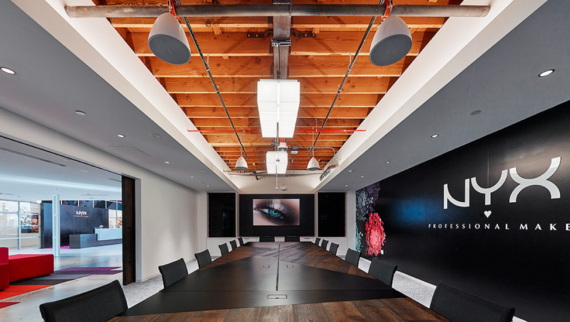
HOW TO PLAN AN ANNUAL MEETING
For those who don’t know, an Annual Meeting, commonly referred to as an Annual General Meeting (AGM) is a mandatory event held by companies every year to discuss important administrative and company matters. It usually consists of Shareholders, Board of Directors who give a comprehensive report of the company’s losses, gains and accomplishments.
Anyone who gets the opportunity to plan this meeting should understand the fundamentals of this gathering. This is more or less a formal meeting, so creativity is limited. Instead, the focus should be on making sure the meeting logistics are taken care of and the meeting runs smoothly.
As with any event, first determine the budget. If there’s a large budget the meeting might permit catering, fancy binders and an upscale venue. If not, the meeting might take place in a conference room with a few hor d’oeuvres. Either way, determining the budget is what will guide the planner for these factors. However, the food and aesthetics are not as significant for this corporate event as it would be at a holiday party.
So, what’s really important at these Annual Meetings…Well for any event the date and time are at the top of the list of important things. For this specific meeting, the potential event dates are limited. Annual Meetings must be held after the company’s fiscal year has ended. The window for this meeting is also tricky because planners must give the auditors enough time to actually formulate the main reports and prep them for presentation. Additionally, because this is a corporate meeting for busy professionals, it’s imperative that this meeting take place when most if not all invitees can attend. If a shareholder cannot attend, don’t count them out, urge them to tune in via skype if the event time permits it.
Next on our checklist the venue.As stated earlier, the budget will govern what kinds of locations as possible. However, the location of the meeting should be easy to find. Shareholders may live far away from the venue and not know the city well, so the location needs to easily accessible.
The actual running of the meeting is very important.Because these meetings are usually facilitated by the chair, it’s a good idea to talk with them about the itinerary and length of the meeting. Each attendee should have a handout which maps out the itinerary which might vary from company to company but generally includes: Voting, Discussions about Constitution, Elections, administrative changes, and most importantly presentations. Lastly, the close of the meeting will likely come from the chair or whomever was the facilitator.
Annual General Meetings are pretty routine compared to other events. The most difficult part of planning this meeting will likely be picking a day that works well with everyone’s schedule and getting all the attendees on the same page. These are grown people with busy, changing schedule so planners will likely have to be follow up with them frequently. In the event that a shareholder can’t make it, they must issue a letter of apology and someone present it at the meeting. Having a thorough understanding of this meeting’s purpose, itinerary and following the plan will ensure you a successful AGM.
xoxo,
Justus





